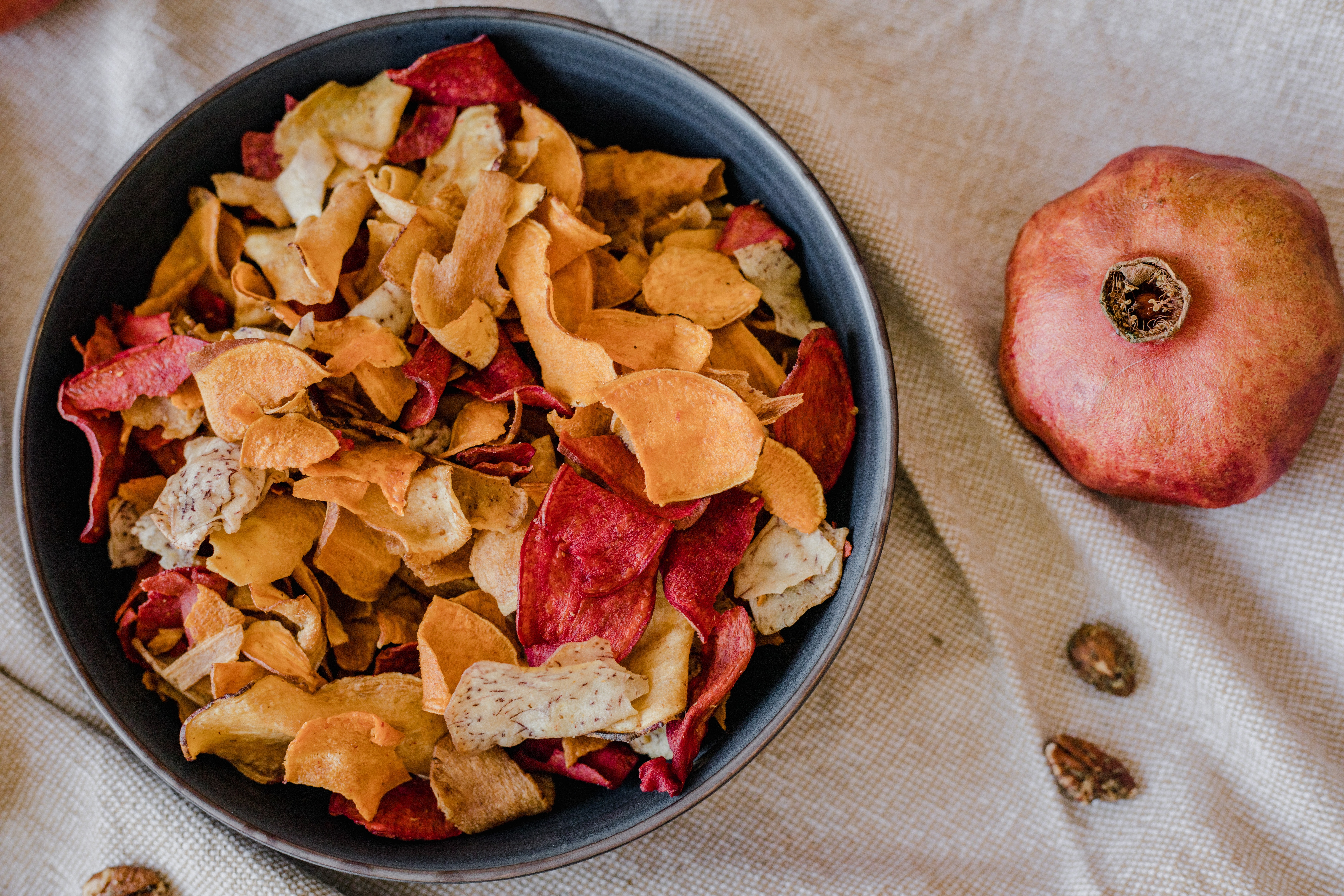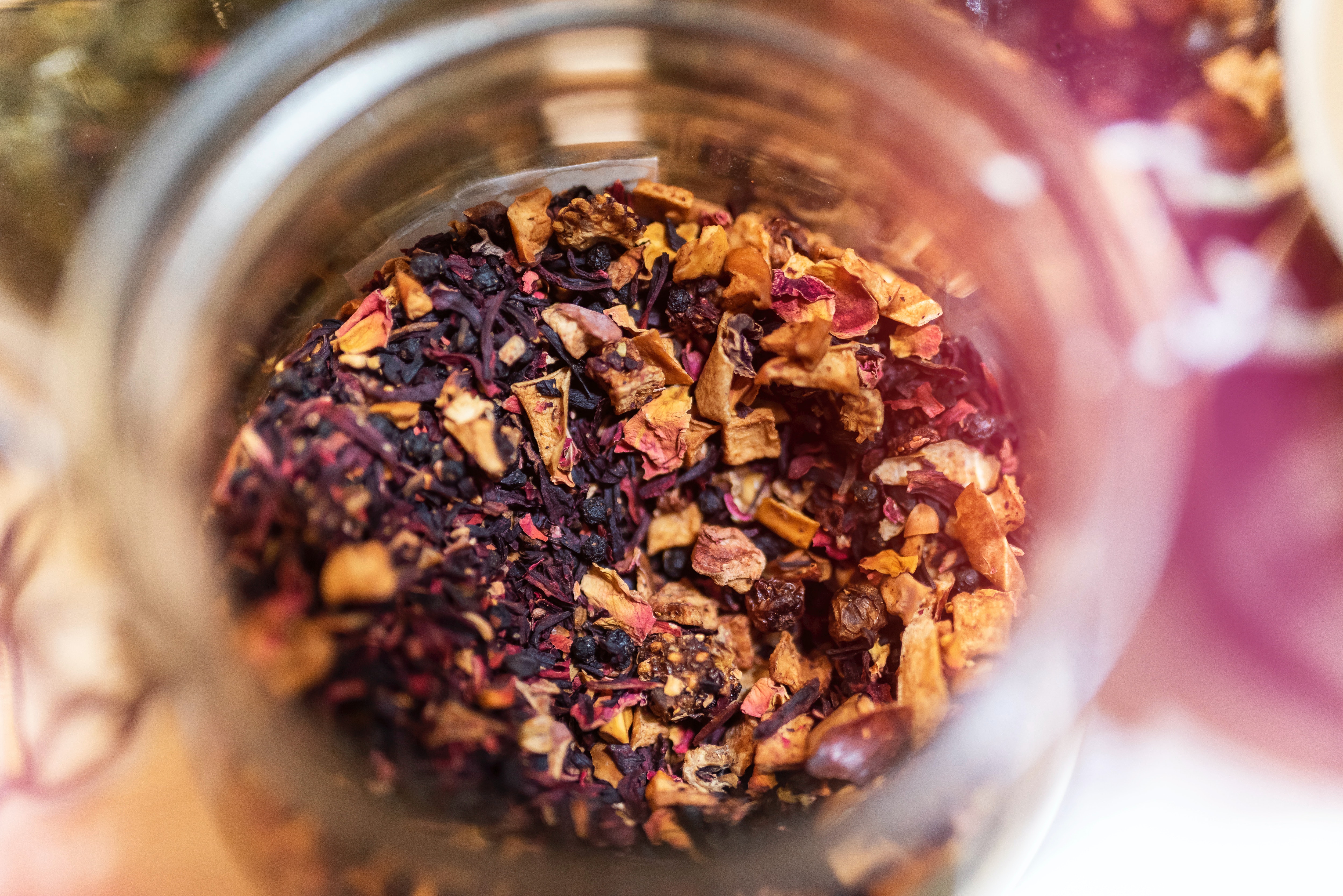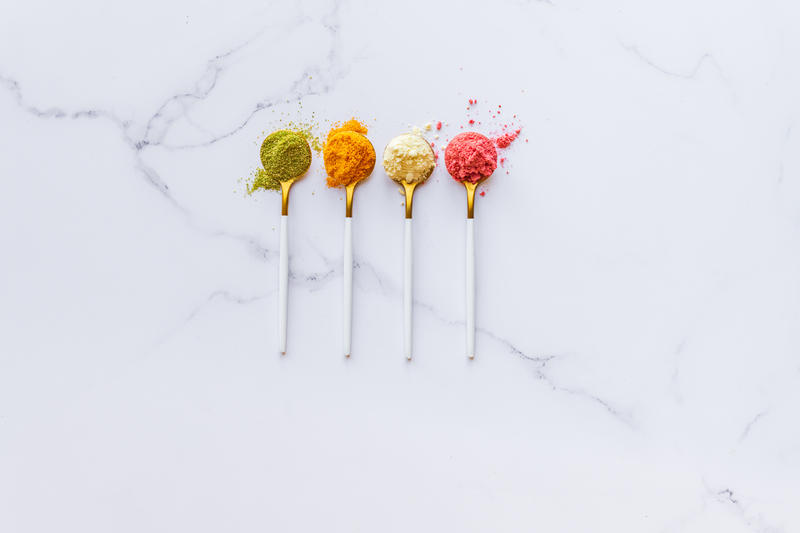What Is the Difference Between Regular Dehydrated (Dried) and Freeze-dried Fruit?
Jul 30th 2022
Using fruit in your products? Know the difference of dehydration methos that can impact the quality of your products.

The decision can be difficult for those trying to decide between freeze-dried fruit and dehydrated fruit. Both are excellent ways to enjoy shelf-stable fruit throughout the year, and different craft food makers, juice bars, and ice cream and gelato shops, and chocolate makers may have two choose of what is the best for their artisan products.
When either process happens at the peak of freshness, the fruit can be exceptional in quality. Both methods are also very healthy, easy to eat, and long-lasting when stored properly. However, freeze-dried fruit is better for making juices that taste as fresh as the original fruit pulp. So which factors should you consider to choose from these two methods to preserve fruit additive-free?
Before you make that decision, learn a bit more about the various methods of processing these foods and the differences that come with them. Both methods are significantly different than frozen fruit, which simply involves placing fruit into a freezer and maintaining it there until you need to use it.
A Bit of History of Drying Fruit
Drying out fruits so they can be consumed later is not something new. Ancient civilizations have done it. Then, they learned that drying out foods allowed them to keep those foods edible longer. Dehydrating, as a practice, has been used since the Romans and early Middle Eastern people used this both for both fruits and vegetables. They used fire to dry out as well as smoke food.
The process of freeze drying is much more modern in comparison. It was used during World War II. During that period, it was used to preserve medications, blood plasma, and later, food to feed troops over long distances.
What Is the Difference Between Freeze Drying and Dehydration?
The most significant difference between freeze-dried and dehydrated fruit is the process used to create them.
During the dehydration process, food is placed in a warm environment. That environment pulls out the moisture and water content from the food. There are various ways this can be done. For example, the food can be sliced and placed on a hot surface in the sun. Other times, it can be placed into a dehydration machine. The machinery is designed to pull out the moisture from the fruit slowly.
The dehydration process does not use any type of chemical to dry out the food. There is no sugar added to the fruit either.
Freeze-dried fruit is dehydrated, but the way it is dehydrated is much different. It is also more complicated and not easily done just anywhere. In this process, the first step is to freeze the fruit. The food is placed into a freezer environment, frozen solid, and then removed. Then, it is placed into a vacuum chamber to remove the water content from the fruit slowly.
During this process, heat is applied within the chamber. The heat's temperature enables the frozen fruit to quickly thaw out while the vacuum pulls out the water from it.
Freeze drying seems like a much more complex process, and it is. Yet, it can produce a very different final product. The resulting fruit tastes just like it is fresh, but it has a crispy, dry texture.
A Closer Look At Freeze Drying
During the freeze drying process, fruit needs to enter the lyophilization process. It needs to be within that process for between 18 and 36 hours. Here's a more comprehensive breakdown of what happens in this situation.
- Flash drying the fruit: The fruit begins a cooling process that takes a few minutes. The temperature within the chamber drops to -48 degrees Celsius. This allows the fruit to freeze quickly, often within just a few hours completely. During this process, the water within the fruit crystallizes, but there is no damage to the structure of the fruit itself.
- Sublimation and initial drying: The next phase involves dropping the temperature even more so. This allows for the ice molecules within the fruit to begin to break away from the molecules around them. In this situation, the temperature never goes above 40 degrees Celsius. This leads to sublimation. Sublimation is the process of transforming ice into gas. This process does so without going through the liquid phase.
- Drying out: A second drying out stage occurs next. The remaining water in the fruit evaporates. To do this, the temperature within the chamber is increased slightly. The sublimated water is then turned into ice, and then it is removed from the system.
The result of this process is a crispy freeze-dried product. The taste is strong and natural. This process does not add any chemicals or sugar to it, but it creates a product that can be used readily when needed.
By comparison, dehydration just uses heat. Foods are dehydrated at 140 to 170 degrees Celsius for up to 10 hours. Over this period, the water is slowly removed from the fruit. This causes it to dry out and become more of a chewy material. It also shrinks the fruit down in size.
Which Lasts Longer? Freeze Drying or Dehydrating?
The goal of both of these methods is to extend their life of them. However, there is a significant difference in the shelf life of these two products.
Dehydrated fruit shelf life
Dehydrated fruit will lose as much as 90 percent of the moisture within it if it is done on an industrial level. In a home countertop appliance, this is generally much lower, at only around 80 percent. The more water that is removed, the longer the product will last. As a result, dehydrating fruit generally allows it to last about 12 months.
If the highest-end equipment is used, the process will extract more of the moisture from it. As a result, the very best dehydrated products could last as long as five years and maintain their overall nutritional and taste benefits. Sometimes, this can last longer. Most often, though, dehydrated fruit will not last longer than 15 years in optimal storage conditions.
Freeze-dried fruit shelf life
When fruit is freeze-dried, a far more significant amount of moisture is removed. As much as 98 to 99 percent of the moisture is pulled out of fruit during this process – called the lyophilization process. This allows the freeze-dried fruit to last much longer – up to 25 years.
Helping fruit to last even longer
The best way to extend the life of either of these methods is to maintain the fruit at a cool temperature. A cooler temperature helps to reduce the risk of bacteria growth. If you keep it in an area that is dark and cool at around 70 degrees Fahrenheit or 21 degrees Celsius, you will get the best results possible in terms of long-term storage.
Nutrition in Freeze Dried and Dehydrated Foods
There is a difference in terms of nutrition in these foods. Unlike what you expect, some of the nutritional value of the fruits is lost in this process. However, in both cases, the amount lost is minimal when compared to the overall lack of having those fruits available. In other words, especially long ago, dehydrating fruit preserved enough of the nutrition to make it a good food for people to eat in the middle of winter.
Nutritional value of freeze-dried fruit
Freeze-dried fruit can maintain as much as 97 percent of its nutrients. That is because the fruit's structure and overall composition during this process are better maintained. When rehydrated, freeze-dried fruits have just about the same nutritional value as what you could get if you ate the fruit fresh, right off the vine.
There is some difference between them. Freeze-dried fruit has less Vitamin C it had and less fiber.
Nutritional value of dehydrated foods
Dehydration pulls out a lot of the moisture but also changes the fruit's structure. This drops its overall nutritional value of it. Generally, dried fruit will lose between 75 and 90 percent of its moisture. As a result of this, it also typically loses about 40% of its nutrition.
The heating treatment used in dehydration causes most of this loss. You will find that the heat causes the loss of Vitamin A and Vitamin C and a reduction in niacin, riboflavin, and thiamine.
Taste and Flavor Differences in Freeze Drying and Dehydrating
It's also important to note the differences in the way these fruits taste. Dried fruit overall has a different taste than fresh fruit due to the change in composition and the removal of moisture. When it comes to choosing a method for drying fruit, it is important to maintain the best level of flavor possible as that can help encourage consumption of it, of course.
Freeze-dried and dehydrated fruit can taste fantastic, especially when the fruit is picked and frozen at its peak freshness and sweetness. Many people feel that freeze-drying fruit is better for flavor.
The reason for that is the way the fruit is dried. Remember, freeze-drying does not use a lot of heat. It also does not involve a lot of pressure. As a result, most of the flavor and texture of the freeze-dried fruit is maintained. That includes the fruit's scent, which is also an essential factor in the overall flavor profile.
Freeze-dried fruit tends to have more substantial and even more flavor than dehydrated fruits.

Which Method Is Easiest to Do?
When it comes down to deciding between these methods, it is also important to think about which is the easiest solution. Here are a few ways to consider that.
Weight and convenience
Both dehydrated and freeze-dried fruits will last longer and are great to take with you while you are camping. Freeze-dried food is typically the best option when it comes to choosing the lower weight product. It tends to travel well. By comparison, dehydrated foods will be heavier to carry because they have more moisture within them.
Rehydration options
Some people may wish to rehydrate the fruit so that it can be used in other methods. Both of these methods of drying fruit do not require rehydration to eat them. You can easily eat them in their dried-out form (generally, that is the point of the process!) Freeze-dried fruit is crispy, while dehydrated fruit is a chewy texture.
Freeze-dried fruit can be rehydrated quickly by adding water and allowing them to soak up the water. You can then expect a fruit that tastes much like the original product.
With dehydrated fruit, if you hope to rehydrate it, you will need to cook it, and the amount of water used will differ by the fruit. Most often, you will need to get the fruit to a boiling stage to get it to be similar to what it used to be. This can take some time, often 20 minutes or more.
Cost
When it comes to the cost of dehydrating or freeze drying, there is also a difference here. Freeze drying takes more specialized equipment. As a result, it can cost as much as five times more than dehydrated products. It is easy to purchase dehydrated products, but freeze-dried is more expensive due to the process and overall quality.
Which method is best? That really depends on many factors, including what you plan to do with it. For many people, freeze drying offers a better way of preserving fruit in more of its natural state and being able to make flavorful juices and drinks, such as cacao pulp juice, which would only be available on farms otherwise.

What to Expect from the freeze-dried fruit from CocoaSupply?
At Cocoa Supply, we focus on high-quality ingredients processed with the highest food quality standards. We carry freeze-dried fruit such as cacao pulp, passionfruit, lulo (naranjilla), and other exotic fruits. This method allows for the preservation of the true flavor of the fruit. CocoaSupply’s products are all ethically and sustainably farmed and sourced for the best level of freshness and quality. You can expect exceptional quality when you buy cacao pulp fruit or any other products we offer.

